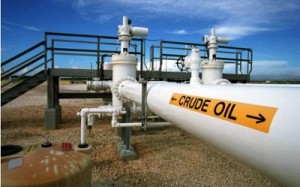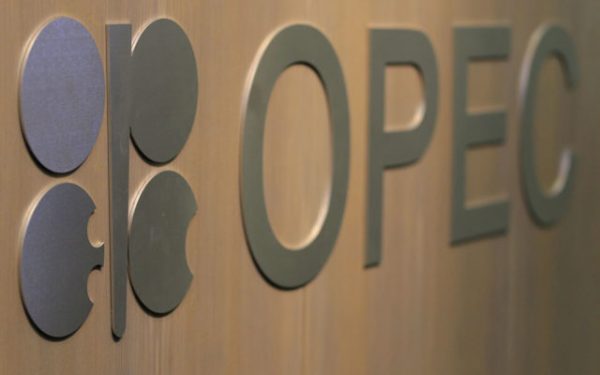Oil Price Rises Ahead Of OPEC Meeting
 Crude oil prices rose on Tuesday as the dollar eased slightly, but with OPEC widely expected to stick to its output target this week, concern about oversupply remained in focus.
Crude oil prices rose on Tuesday as the dollar eased slightly, but with OPEC widely expected to stick to its output target this week, concern about oversupply remained in focus.
The European Central Bank is set to announce its latest policy decision on Thursday, OPEC’s decision on output is due on Friday along with U.S. monthly jobs numbers, meaning oil prices have been hemmed into a range of no more than $4 for the last week.
Brent crude futures LCOc1 were up 42 cents at $45.03 a barrel by 0943 GMT (0443 ET), while U.S. WTI crude futures CLc1 were up 49 cents at $42.14 a barrel.
Both fell by around 10 percent in November.
“Crude is entering a third week of trading almost unchanged on a weekly basis.
Towards the end of the week, we have the ECB, the (jobs) number and the OPEC meeting, so that is going to really set the outlook for the first quarter (of 2016),” said Olivier Jakob, an analyst at consultant Petromatrix.
“There is a lot of waiting before those macro inputs are out of the way and, until then, it’s a bit difficult to have a strong directional bias,” he said.
The ECB is widely expected to further loosen euro zone monetary policy, while the U.S. economy is expected to have added more jobs, albeit at a slightly more modest rate in November.
Meanwhile, the dollar edged down around 0.2 percent against a basket of currencies .DXY, which tends to make it cheaper for non-U.S. buyers to snap up dollar-denominated assets such as oil or gold.
In physical markets, Dubai crude fell to its lowest since December 2008, averaging $41.691 per barrel for November, according to price-reporting agency Platts.
The premium of Brent crude over Dubai is now at its largest since July 2014 DUB-EFS-1M, meaning oil priced off the North Sea benchmark is less attractive right now to Asian buyers.
OPEC’s biggest producer Saudi Arabia, which heavily influences the group’s policy, is widely expected to keep output steady despite declining prices.
OPEC made a historic decision last year to keep pumping oil to protect its market share against U.S. shale drillers and other producers, which resulted in a glut that has cut the value of a barrel of oil in half.
“There is a real risk that we could see lower prices,” said Ric Spooner, chief market analyst at CMC Markets in Sydney. “The prospects for demand growth are not large enough to go into the supply overhang.”
Hedge funds cut their bets on a rise in U.S. crude to a more than five-year low, on the back of concern that U.S. output is not falling fast enough to offset global oversupply.







